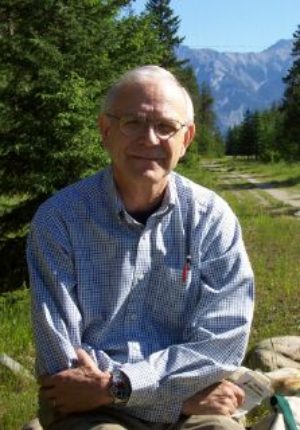Innovation Anthology #68: President

Forest fires are a natural part of forest regeneration, yet not all trees die in a fire.
One scientist who has looked at why some trees survive fires while others don’t is Dr. Ed Johnson. He holds the G8 Legacy Research Chair in Wildlife Ecology at the University of Calgary.
Dr. Johnson says when it comes to surface fires, the first important factor is how thick the bark is at the base of a tree.
DR. ED JOHNSON: And we all know that some trees, Douglas fir, for example, have very thick bark and so they are very pre-adapted in this sense to these fires. On the other hand, you have to be kind of careful because some trees have a lot more thicker bark than you think. Aspen, for example, has much thicker bark. Most people think that it has thin bark. But in fact it has relatively thick bark so it survives a lot better than spruce do at times. So that’s the first thing.
The second factor is the distribution of a tree’s buds at the crown. Dr. Johnson’s research shows a tree’s buds are less likely to burn when they’re concentrated at the top of tall, thick-based trees like aspen.
On the other hand, spruce with branches right down to the ground are more likely to die in a surface fire.
Thanks today to The Sustainable Forest Management Network.
FOR INNOVATION ANTHOLOGY, I’M CHERYL CROUCHER
Guest
Ken Foster, PhD,
Owl Moon Environmental, Calgary, Alberta, Canada, ken.r.foster@shaw.ca
Sponsor
Sustainable Forest Management Network
Established in 1995, The Sustainable Forest Management Network is one of Canada's 22 Networks of Centres of Excellence. The SFMN administrative center is hosted at the University of Alberta, Edmonton, Alberta, Canada. The Network brings together top scientists, forest managers and practitioners, First Nations leaders and governments to address known and emerging challenges to forest sustainability.
![]()
Program Date: 2007-09-20